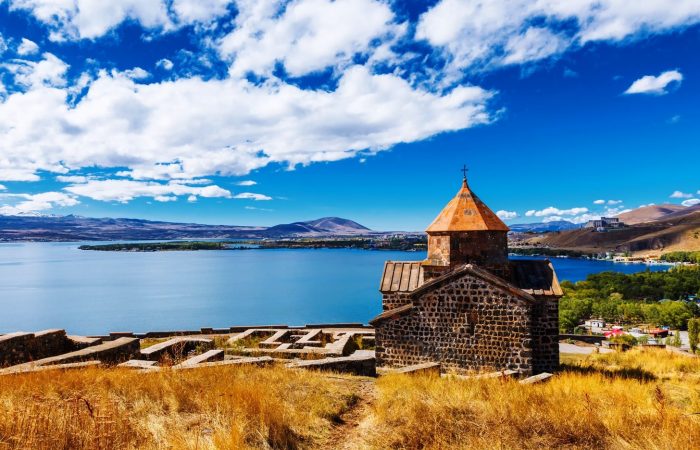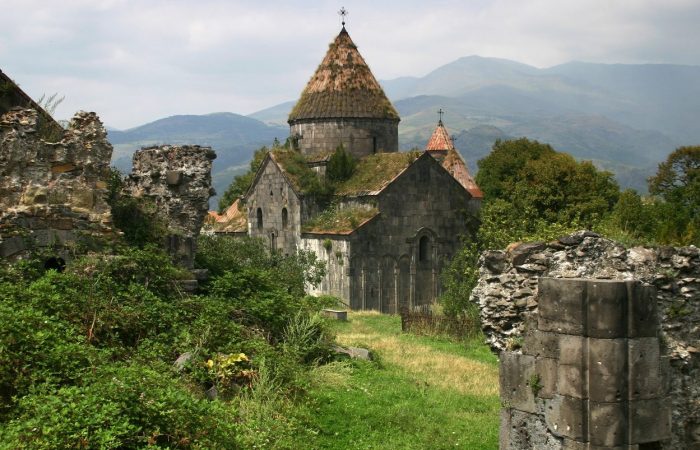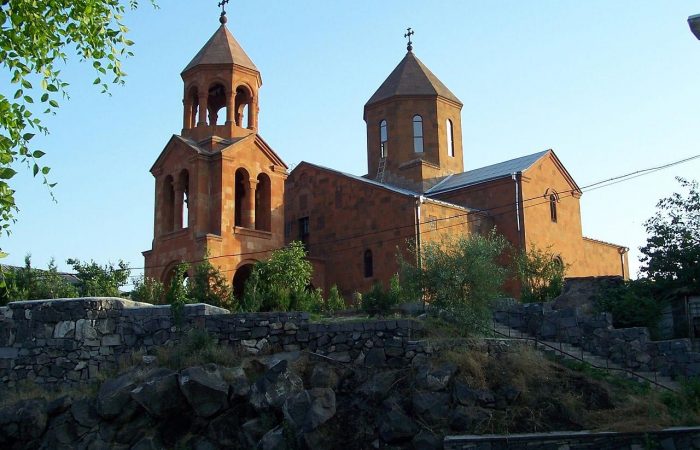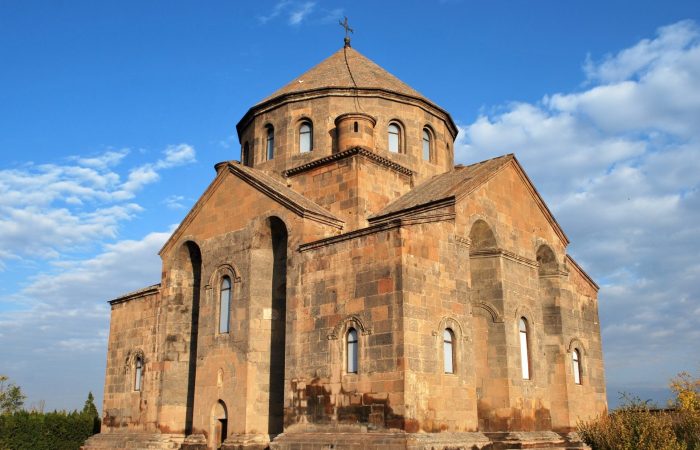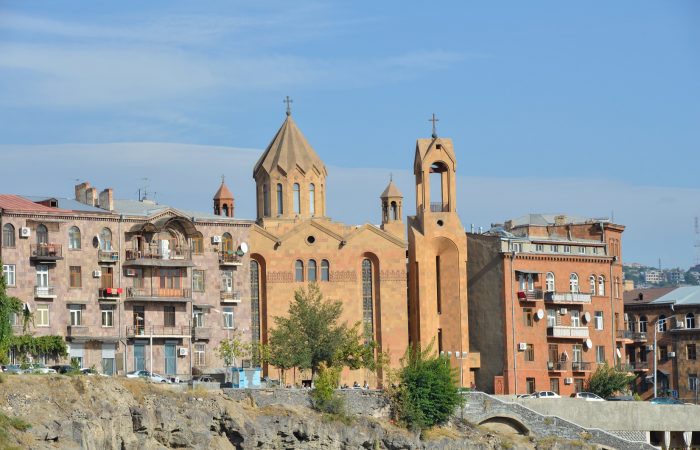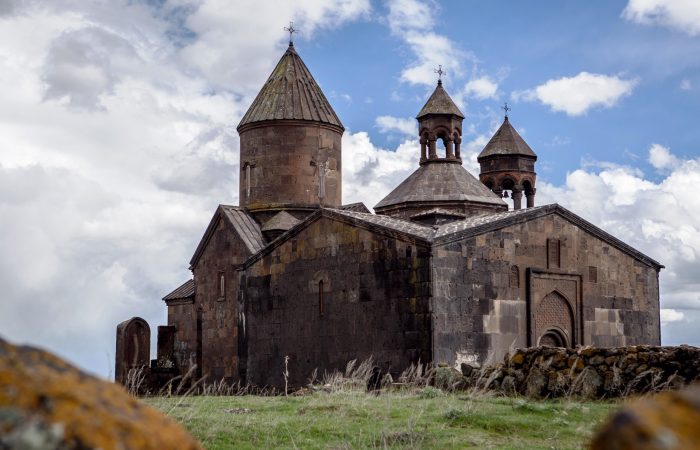Kirants-Samson Gorge: General and How to Reach
The distance between capital Yerevan and Kirants-Samson Gorge is 168 kilometers. In a broader sense, it means you will have to spend around 2.5-3 hours on the road. The gorge is located in the village of Kirants.
The gorge is spectacular and is breathtakingly beautiful at any time of the year. Each season brings its own beauty to the gorge where the dense forests with unique and impressive flora and fauna will make your visit even more memorable.
Kirants-Samson Gorge: Flora
Straying a bit from the subject the name “flora” comes from Roman mythology in which Flora was the name of the Goddess of flowers, plants and fertility. As it is said, every god/goddess loves the “task” assigned to them. And this considered, the Goddess does really good work in regard to the gorge’s flora because it’s fresh, nice and rich. As to its appearance and beauty, everybody can judge about that on their visit.
The gorge’s colorful flora includes such representatives as Arum orientale, Betonica macrantha, Carpinus betulus, Centaurea cheiranthifolia, Corylus colurna, Cyclamen vernum, Galanthus alpinus, Iris paradoxa, Iris reticulate, Orchis simian, Scabiosa caucasica, Tanacetum coccineum, Taxus baccata, Viburnum lantana and so on.
Kirants-Samson Gorge: Fauna
No matter how scary this might seem, but the Gorge of Kirants-Samson is not devoid of animal life. The animals residing there only add to the splendor of the gorge.
Some of the animals that you will see are the European roe deer (Capreolus capreolus), the beech marten (Martes foina) and the wildcat (Felis silvestris), don’t even think of trying to catch it, it’ll be just a waste of time, as it is unreachable.
From time to time, you might also see a red fox (Vulpes Vulpes) chasing the fluffy European hare (Lepus europaeus). Bears are also among the residents of the gorge, so even if you don’t see one you’ll at least have a chance to hear the frightening roar of the brown bear (Ursus arctos) or the sound of the branches under its feet.
Kirants-Samson Gorge: Birds
Around 80 species of birds occur in the gorge. Their variety is impressive and is conditioned by the time of the year. Among the birds that can be seen in and above the gorge are the European Honey Buzzard (Pernis apivorus), which is a summer migrant to Europe and western Asia, Northern Goshawk (Accipiter gentilis), which mainly prefers coniferous forests and usually catches its prey on the ground, Lesser Spotted Eagle (Aquila pomarina), which lives in trees and which hunts and flies during the day and spends the night in the nest.
One of the most beautiful birds is the miraculous Scops-owl (Otus-Scops). You will be most lucky if you happen to meet a baby Scops-owl. The Tawny owl (Strix aluco) is another bird that can be seen in the gorge. Note that it has a size of a pigeon.
If you have never seen a woodpecker in your life, be sure to meet one there. Particularly two species of woodpeckers can be met; they are the Black woodpecker (Dryocopus martius) the male and female of which are hard to distinguish, and the Eurasian green woodpecker (Picus viridis) the laughing call of which usually echoes all around.
Among other bird species are:
Red-breasted Flycatcher (Ficedula parva) – Both the males and females of these birds have olive brown upper parts, white under parts and white rings around the eyes.
The Semi-collared Flycatcher (Ficedula semitorquata) – These are small birds. The male and female of these birds can be distinguished by their flight feathers; those of the males are blackish-brown with white markings, while those of the females have creamy or white edges.
Great Tit (Parus major) – It’s a vocal bird with 40 types of calls and songs.
Wood Nuthatch (Sitta europaea) – These are perky and medium-sized birds, which have very strong legs and usually get their food from trees.
Song Thrush (Turdus philomelos) – These birds love to feed on snails. They have brown plumage and speckled chest.
Eurasian Blackbird (Turdus merula) – These species breed in Europe, Asia and North Africa. They have a long tail and feed on insects, earthworms, berries and fruits.
Eurasian Bullfinch (Pyrrhula pyrrhula) – These birds are usually seen in pairs. The males of this bird type have a black cap, rose-red under parts and white rump, while the females are more pinkish-grey.
Long-tailed Tit (Aegithalos caudatus) – These birds fly in tight noisy groups. Their long white and black tail makes them stand out among the rest.
Lesser Whitethroat (Sylvia curruca) – These birds are migratory and as expected, have white throats.
Common Chiffchaff (Phylloscopus collybita) – The males of this bird type are usually very territorial, especially during breeding. These birds usually feed on insects, mainly flies.
The Gorge of Kirants-Samson is worth to be visited. In some sense, it can be referred to as a small park, where you can meet various plants, animals and birds. You just need to count on a chance.






